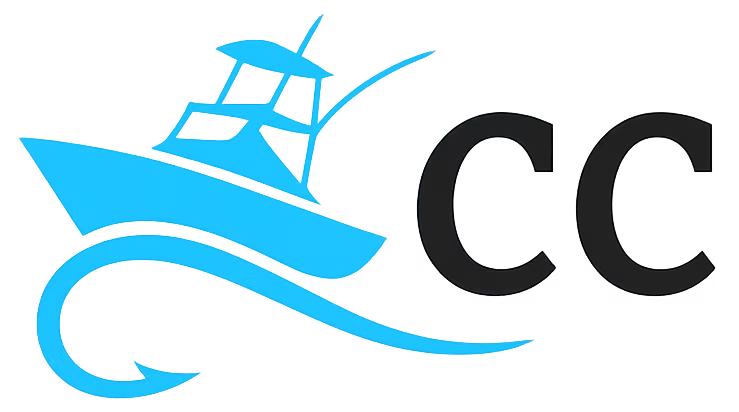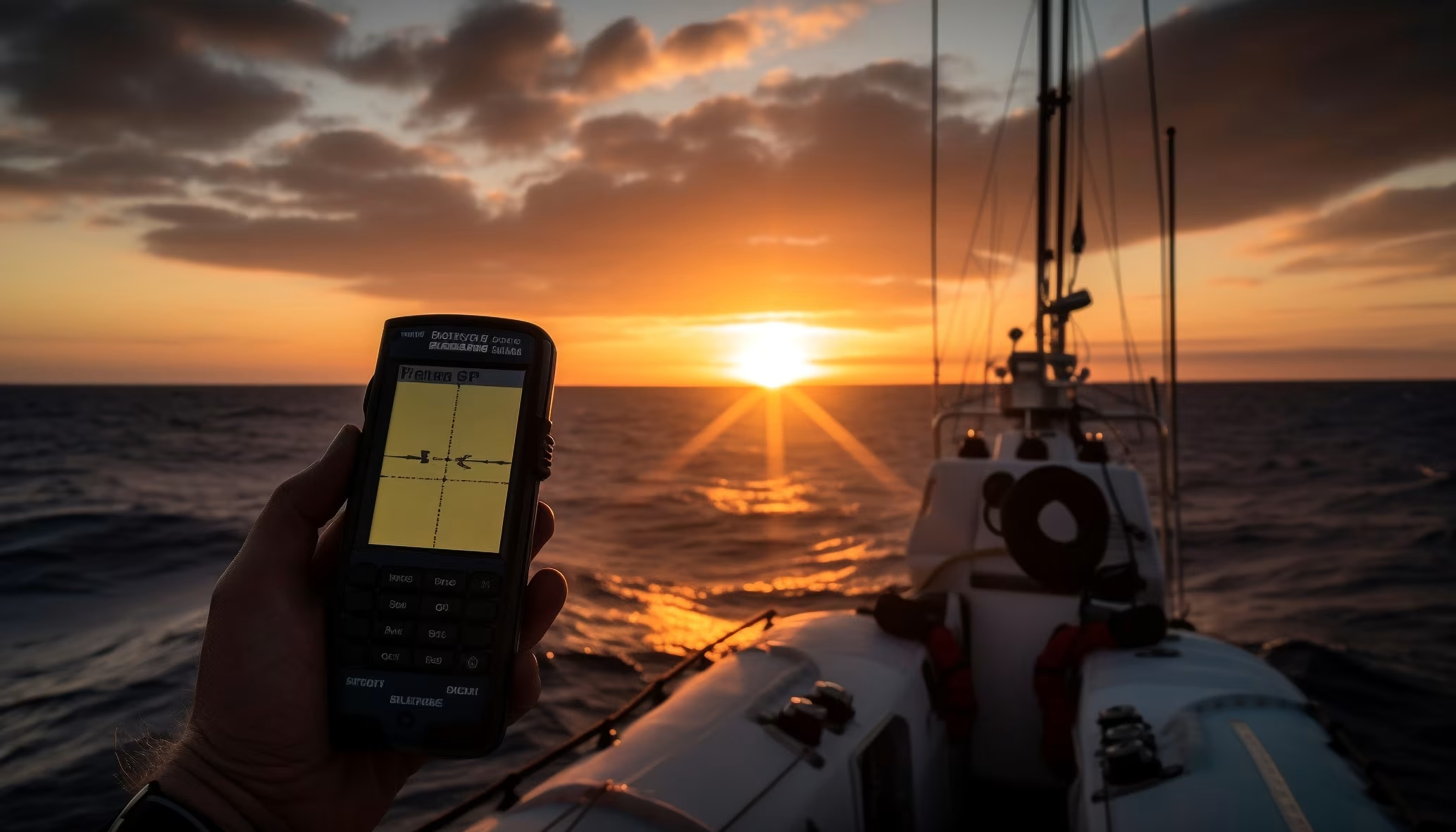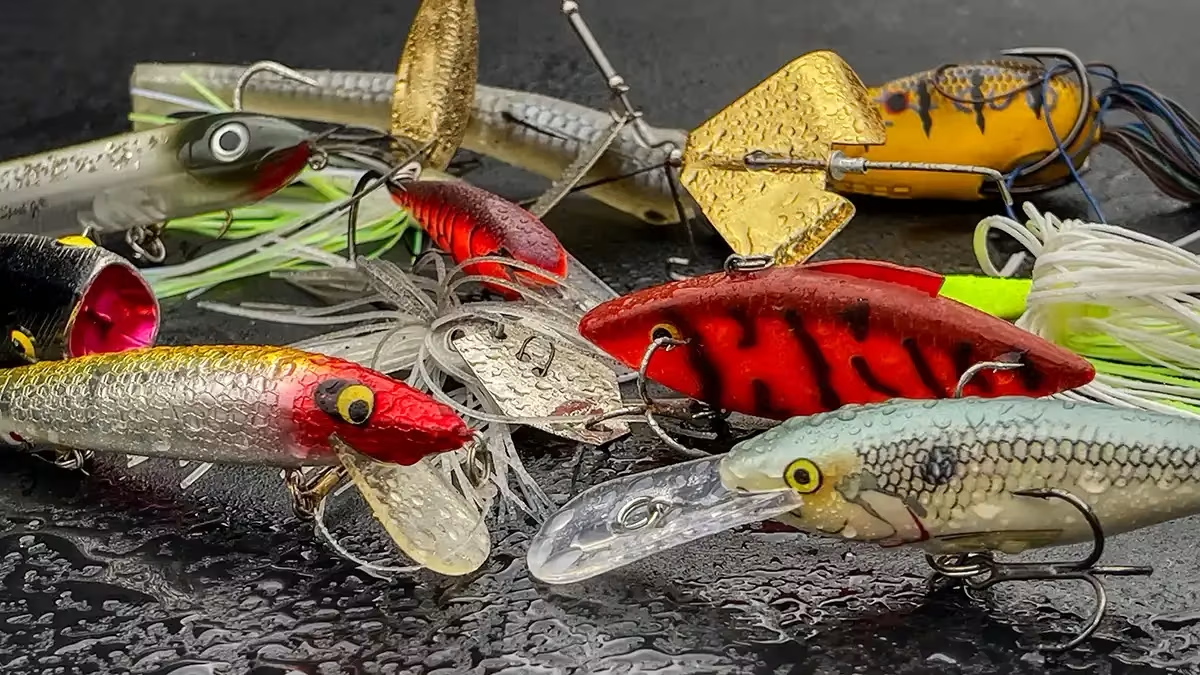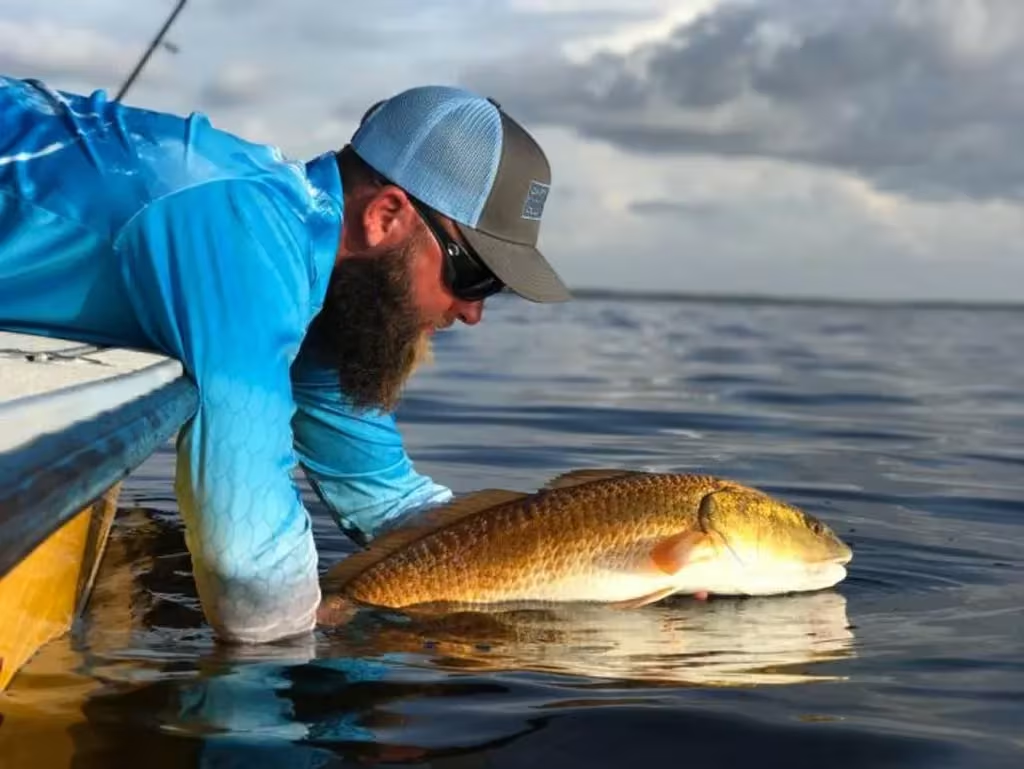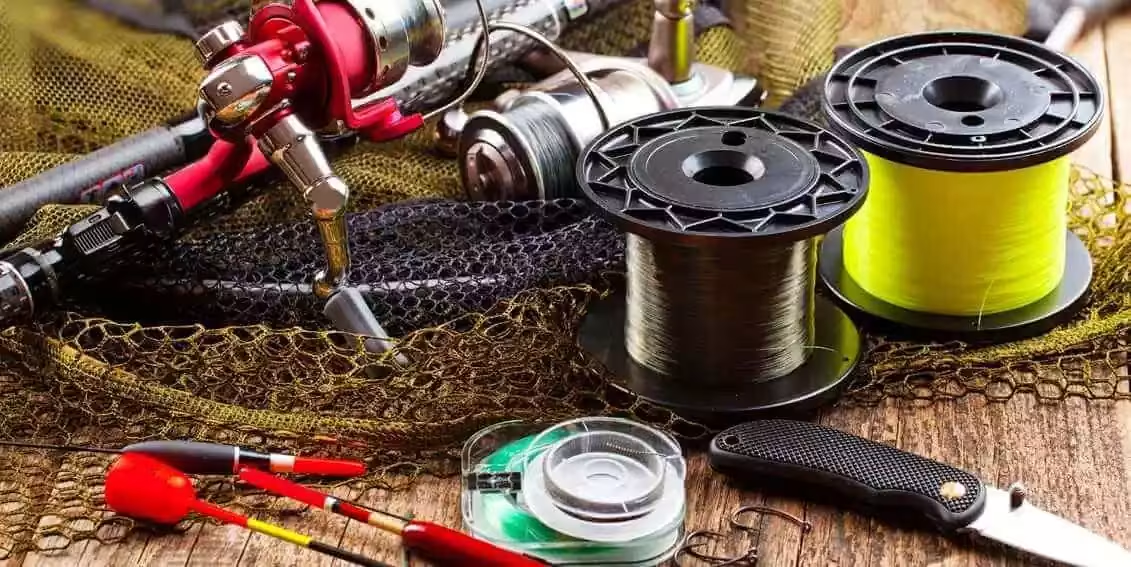Why Moving Water Means Moving Fish
In saltwater, water that moves carries food. Shrimp, crabs, baitfish, and plankton all drift with the flow, and game fish position themselves where that buffet funnels past. A flat at dead high tide can feel lifeless, but the same spot on a falling tide turns into a conveyor belt of bait sliding toward deeper channels. Understanding when and how hard the water will push lets you fish the exact window when predators are most active no extra luck required.
Tide Chart Basics in Plain English
A printed or digital tide table lists the day’s high and low events with times and predicted heights. Heights are given in feet or meters above a reference point called “datum” usually the average of the lowest tides recorded over 19 years. Here are the key terms you’ll see:
| Term | What It Means | Why It Matters to You |
|---|---|---|
| High Tide | Water at its peak height | Fish cruise shallow flats and mangroves; good for sight-casting. |
| Low Tide | Water at its lowest height | Channels and potholes concentrate bait; ambush predators stack up. |
| Flood | Rising water between low and high | Current pushes bait onto grass edges; perfect for redfish and snook. |
| Ebb | Falling water between high and low | Bait drains off flats; snappers, stripers, and flounder wait at pinch points. |
| Slack | Brief pause at peak high or low | Minimal current; activity often drops, so use it to move spots or retie. |
Always match the table to your exact port or adjust with the listed time correction. Ten miles up an estuary, the tide can lag the inlet by an hour or more.
Reading Beyond the Numbers
Range is the vertical distance between the day’s high and low. Big ranges create stronger currents and turn on feeding. Spring tides those right after a new or full moon show the highest ranges of the month. Conversely, neap tides during quarter moons produce smaller swings and gentler flows. If you’re sight-fishing for spooky bonefish on a calm flat, a neap tide’s slower water can be an advantage; if you want fast action under dock lights, target the spring tides when the current races.
Wind can flatten or exaggerate a tide. A stiff onshore wind piles water into bays, making a predicted low tide arrive late and not drop as far. Offshore wind does the opposite. Before you blame a “bad” tide chart, check the weather station for wind speed and direction.
Putting the Chart to Work
- Match Phase to Spot
- Rising water? Hit shorelines and newly flooded grass beds.
- Falling water? Station yourself at the mouth of a creek, jetty tip, or the first drop-off outside a flat.
- Time Your Arrivals
Plan to be in position 30–45 minutes before the change. That gives you time to anchor, set drift, or slide quietly into a kayak channel before the bite turns on. - Fish the Edge, Not the Peak
Many anglers focus on the exact high or low, but the strongest current and often the best action happens an hour either side of it. - Track Patterns
Keep a log of tide heights, ranges, and your catch. You’ll start to see repeatable bites say, a three-foot falling tide on a northeast wind that let you predict productive days months ahead.
Safety First
Fast tidal flow can turn a mellow cut into a washing machine. Wear a PFD in passes, respect “No Motor Zone” signs, and remember that even ankle-deep flats flood rapidly. When wading, aim to be heading back to stable ground as soon as you feel the current at your knees.
Handy Tools
- NOAA Tides & Currents: Free website and app with station-specific tables and real-time sensors.
- Navionics Boating: Overlay tide predictions on GPS charts; great for planning long runs.
- Analog Tide Clock: Old-school wall clock that tracks the lunar tide cycle in your garage perfect daily reminder.
Final Thoughts
Tide charts are more than numbers on paper; they’re a playbook. When you pair them with local knowledge wind, structure, and seasonal bait you shift from guessing to planning. Spend ten minutes each evening reviewing the next day’s highs and lows, and you’ll arrive at the water with a clear plan instead of hope. Fish can’t ignore moving water; neither should you.
